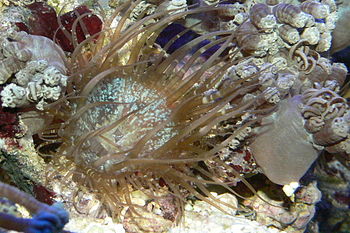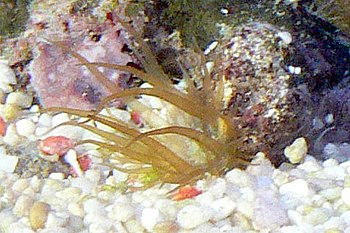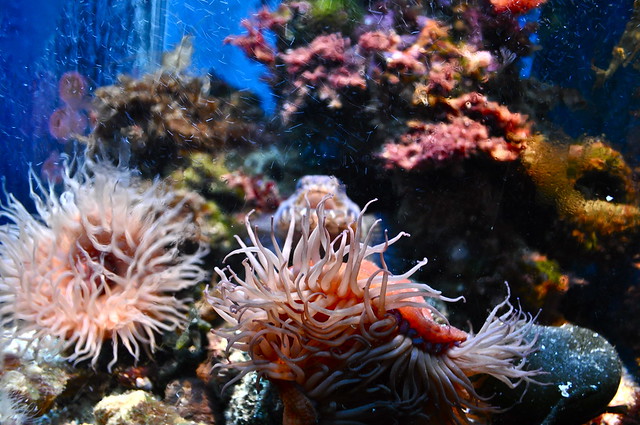Plate V in "British Sea-Anemone and Corals" by Philip Henry Gosse, Van voorst, Paternoster Row, London, 1860.
Have you ever been to a pet store and as you looked at the fish tanks you noticed something kind of weird? You began to observe it and after a while, it looked kind of neat. You read the label and you see that this weird, neat thing is called an anemone. Your mind immediately begins to race as you think of how cool it would look in your tank. Well, the truth is that it would look cool.
However, you should understand a couple of things about the anemone first. So let's take a brief look at a few common facts you should know. First, let's look at how to pick out the right anemone. Try to figure out something about your desired anemone ahead of time. This will make it much easier to tell if something is wrong. If you see an anemone with short tentacles that should have long ones then that might mean this particular one is not healthy.
Also look for spots on it that may be torn, especially near the bottom. If this is torn then it may not be able to attach to anything. Proper color should also be something to look for in judging its health. Now that you know a few tips for picking out your anemone let's look at some guidelines for keeping your anemone. For one, there should be no possible way for it to get sucked into the filtration on your tank. A good way to prevent this is to cut the end off of some tights and place it over the filtration. Also, good water quality is a must. Anemones can be sensitive to the water in which it is placed and therefore water quality must be good at all times.
Lighting should be of high quality as well. Anemones thrive with a high light source and metal halides are recommended. Feeding can be different for every particular anemone. Test it out to see how yours does with different techniques. Usually feeding a couple times a week using frozen brine shrimp is adequate and the use of various minerals will also help. If the anemone continues to look healthy this is a sign that it is being fed properly. If it is not then try feeding more often with various types of food. Last, let's look at keeping an anemone with coral. This can be a little tricky because some anemones like to travel around the tank at times.
This may not be good, because this means it has not found a good place in which it is comfortable. If this is the case then you might want to consider waiting until it has found its "comfort zone" before adding any coral. When placing coral with an anemone make sure there is plenty of room between it and the coral. If they touch one another it could cause death for both since many corals sting as well as anemones. Plan things out before you consider keeping both.
So now you know a couple of things relating to the anemone. Once you get the hang of keeping one, it is safe to say that there is nothing really quite like it. To see an anemone flowing to the current in your tank and the possible clownish or two making it their host is simply amazing. Good luck on this marvelous journey and I hope you have great success with your new anemone!
|









